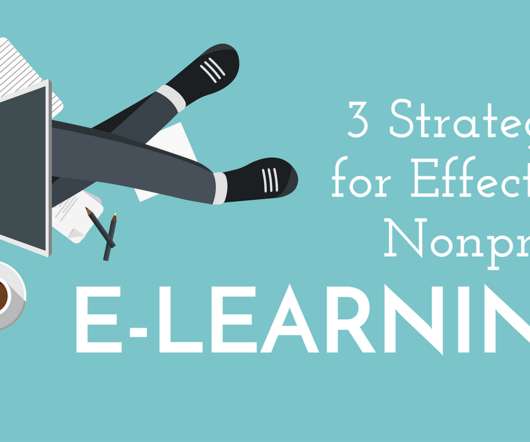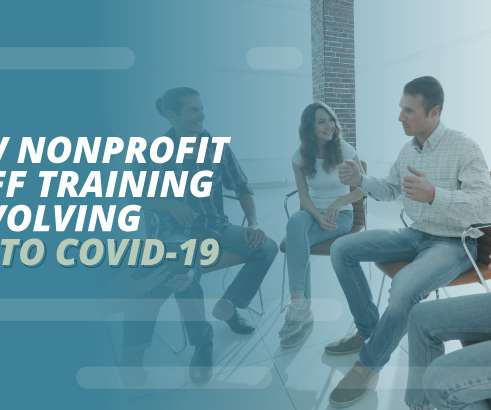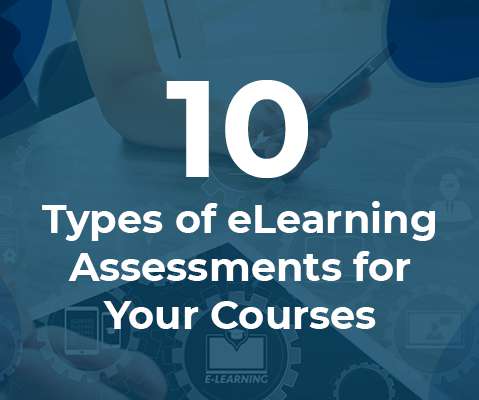How To Think Like An Instructional Designer for Your Nonprofit Trainings
Beth's Blog: How Nonprofits Can Use Social Media
JANUARY 27, 2014
So, expect to see regular reflections on good instructional design and delivery for any topic, but especially digital technology and social media related. As someone who has been designing and delivering training for nonprofits over the past twenty years, the most exciting part is apply theory to your practice.





























Let's personalize your content